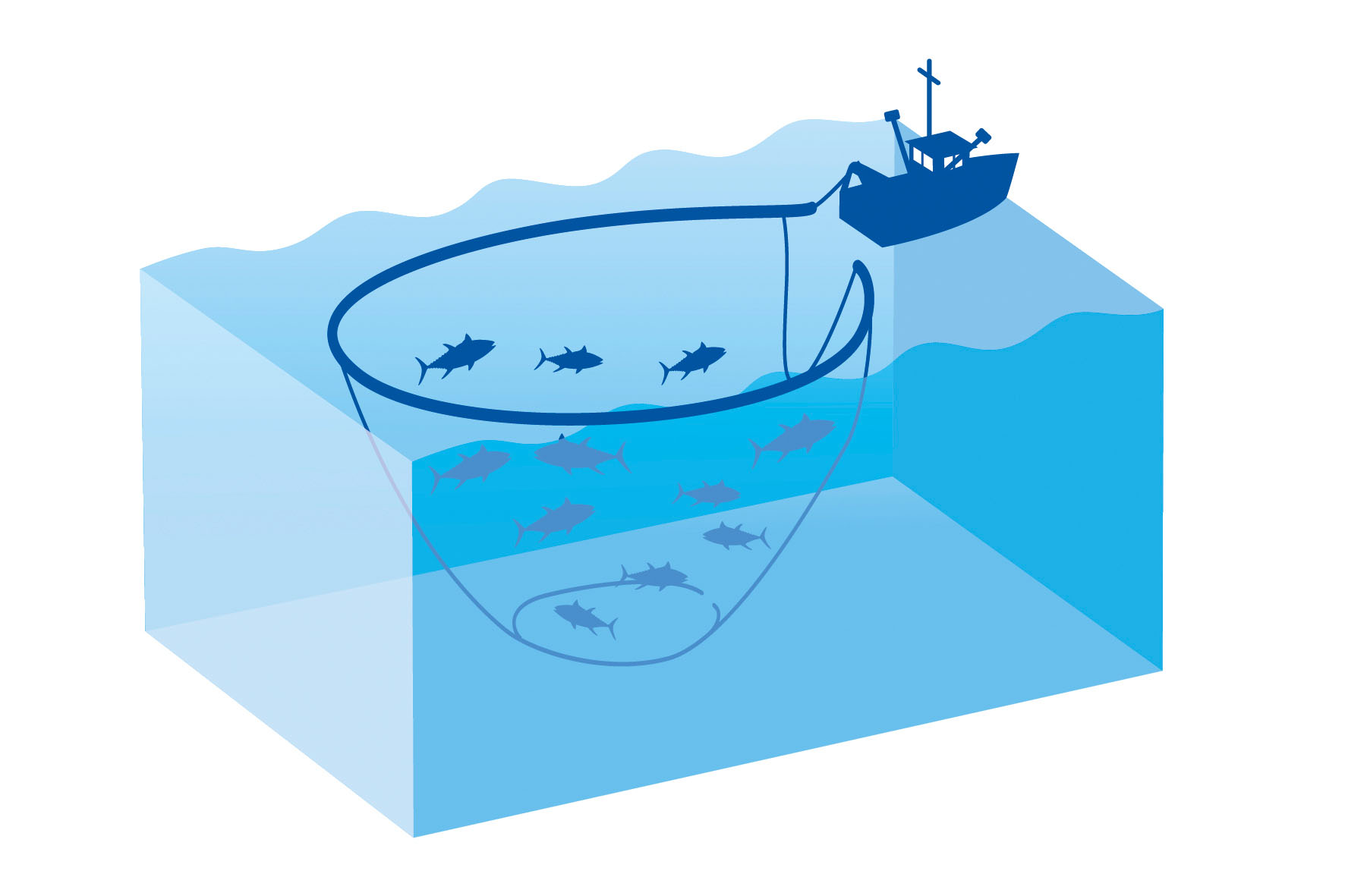Average Weight/Length
Other "Popular" Names for this Fish
Location Habitat
Biology & Physical Description
Life Cycle & Mating Behavior
Geographic Species Map (Fishbase.org Map)
|
|

|
Summary of Distribution: Cosmopolitan in tropical and warm-temperate waters. Not found in the Black Sea. Highly migratory species, |
|
Note: Distribution range colors indicate degree of suitability of habitat which can be interpreted as probabilities of occurrence (fishbase.org) |
|
Sport Fishing Techniques
|
|
TrollingA trolling boat has multiple outriggers, poles and lines attached that use lures dragged across the ocean surface at speeds of 4 – 10 knots. Large beefy hooks are used with special durable lures allowing the fisherman to easily unhook the gamefish that has been caught and quickly get their lines back into the water. The larger the lures, the larger the potential fish, the larger the hooks. A tuna boat will usually make slow wide circles when trolling. A billfish boat will usually work ledges, fathom lines, zig zag area coordinates or make trolling circles if bait or a porpoise school is located and/or if they are fishing a FAD.. |
|
|
|
Pelagic LonglineThis fishery uses a longline to catch a variety of pelagic fish on the high seas such as tuna and swordfish. A deep-set longline is used to primarily target tuna and a shallow-set longline is used to target swordfish or mixed species including bigeye, Albacore and yellowfin tuna. Baited hooks are attached to a line that floats in the ocean using buoys and flagpoles. |
|
Commercial Fishing Techniques
|
|
Pelagic LonglineThis fishery uses a longline to catch a variety of pelagic fish on the high seas such as tuna and swordfish. A deep-set longline is used to primarily target tuna and a shallow-set longline is used to target swordfish or mixed species including bigeye, Albacore and yellowfin tuna. Baited hooks are attached to a line that floats in the ocean using buoys and flagpoles. |
|
Tackle & Baits
Game Rating
Game Rating : 8/10
Game Description :
A terrific light-tackle battler.
Food Rating
Game Rating : 8/10
Game Description :
Good quality aku has firm flesh that is deep red in color. Flesh color varies with the size of the fish, with smaller fish having a lighter red color than larger fish; hence, larger aku are preferable for raw fish preparations requiring a red flesh. Larger aku have a greater fat content than smaller aku, and this is another desirable attribute for raw fish dishes. Cooking causes the flesh to become lighter in color.
Picture (Fish)
|
|
|
|
|
|
|
|
Picture Mount
|
|




















 Skipjack Tuna
Skipjack Tuna 

.jpg)






